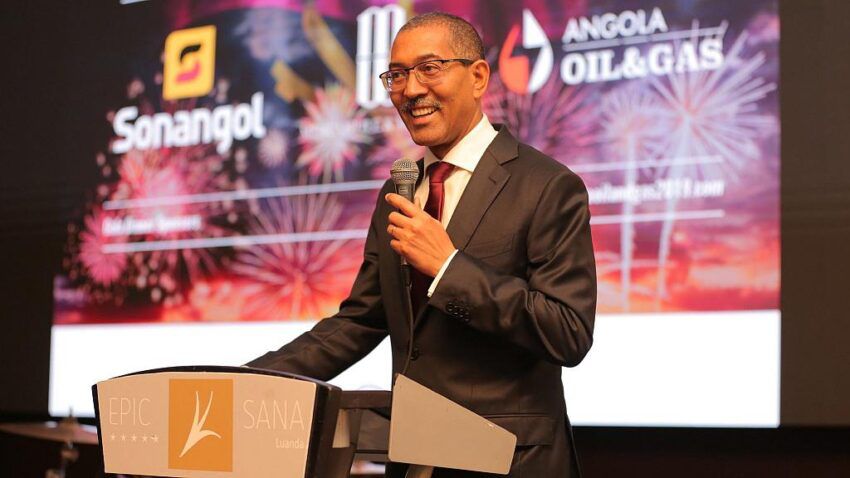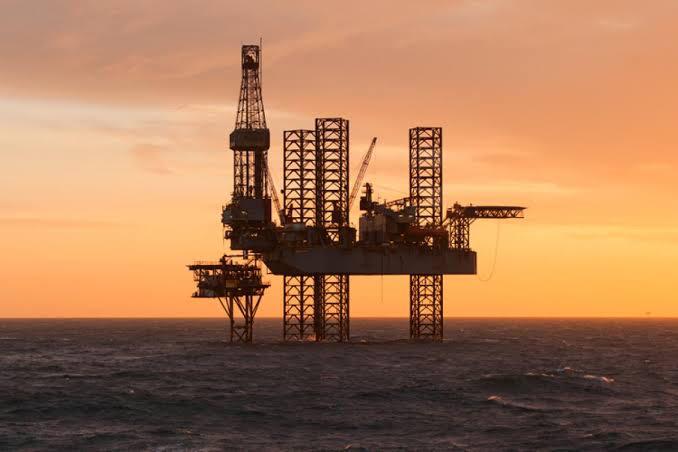Angola’s President, H.E. João Lourenço, vowed to raise renewable energy capacity to 70% of the country’s energy matrix by 2025 during the United Nations Climate Change Conference (COP26) in Glasgow.
Despite being one of the world’s largest oil producers, Angola’s energy matrix now contains 62% renewable energy, and the country has confirmed its unconditional commitment to reducing up to 14% of its greenhouse gas emissions by 2030 since ratifying the Paris Agreement in November 2020 and submitting revised Nationally Determined Contributions objectives in May 2021.
Angola has formed a national development plan and set a five-year objective to reduce carbon intensity in power generation, with plans to develop hydroelectric projects that may contribute up to 78% of the country’s electricity capacity since the ratification of the Paris Agreement.
Speaking at the summit, the President said: “The production and consumption of clean energy from existing hydroelectric dams and others to be built, as well as more renewable energy sources, with emphasis on photovoltaic energy production projects, such as solar parks, which will reduce the consumption of fossil fuels in the production of electricity.”
During the summit, Angola signed an agreement and pledged to launch a national effort to address land degradation and deforestation by reforesting and protecting the country’s forests and mangroves. In addition, the country inked a conservation pact with the International Conservation Fund for the Luengue-Luianae and Mavinga national parks.
Angola’s commitment to the African Union’s Agenda 2063 sustainable development targets shows the country’s commitment to lowering greenhouse gas emissions under the Paris Agreement.
“We reiterate here the firm will and determination of Angola to remain committed to Climate Action and to the adoption of a low-carbon development model,” he concluded.



